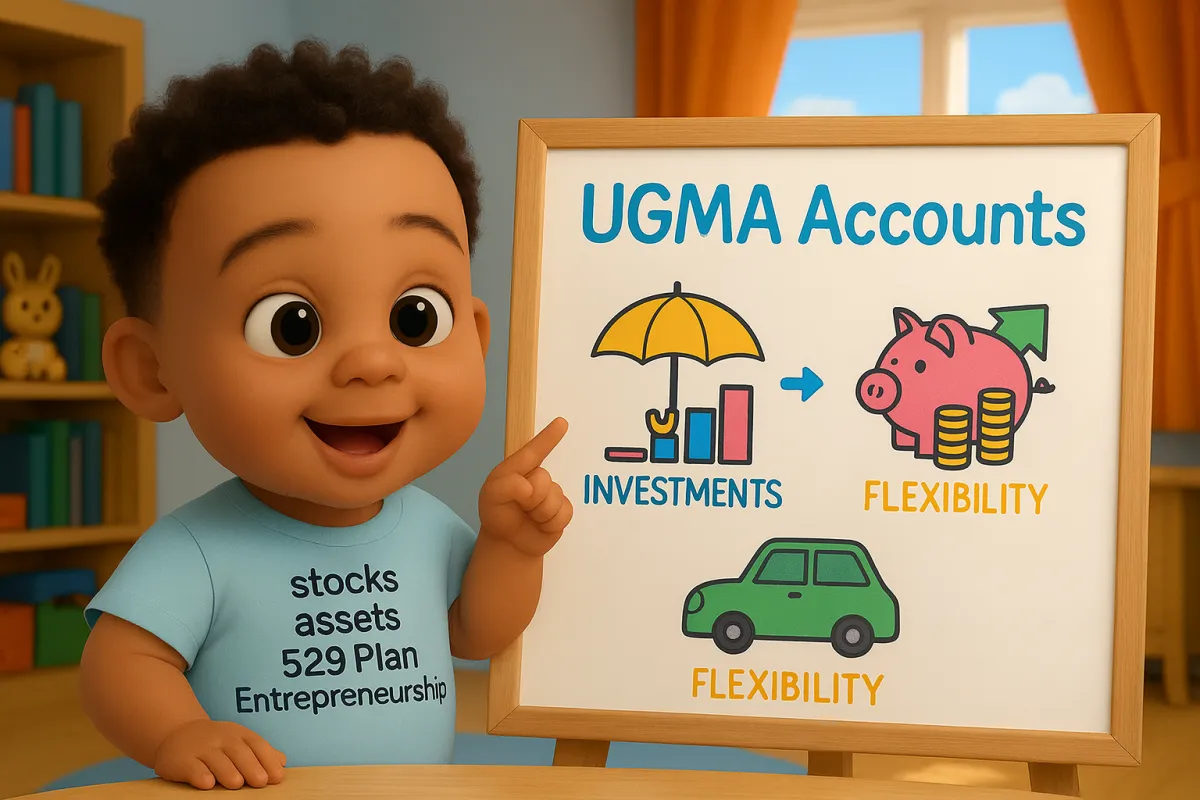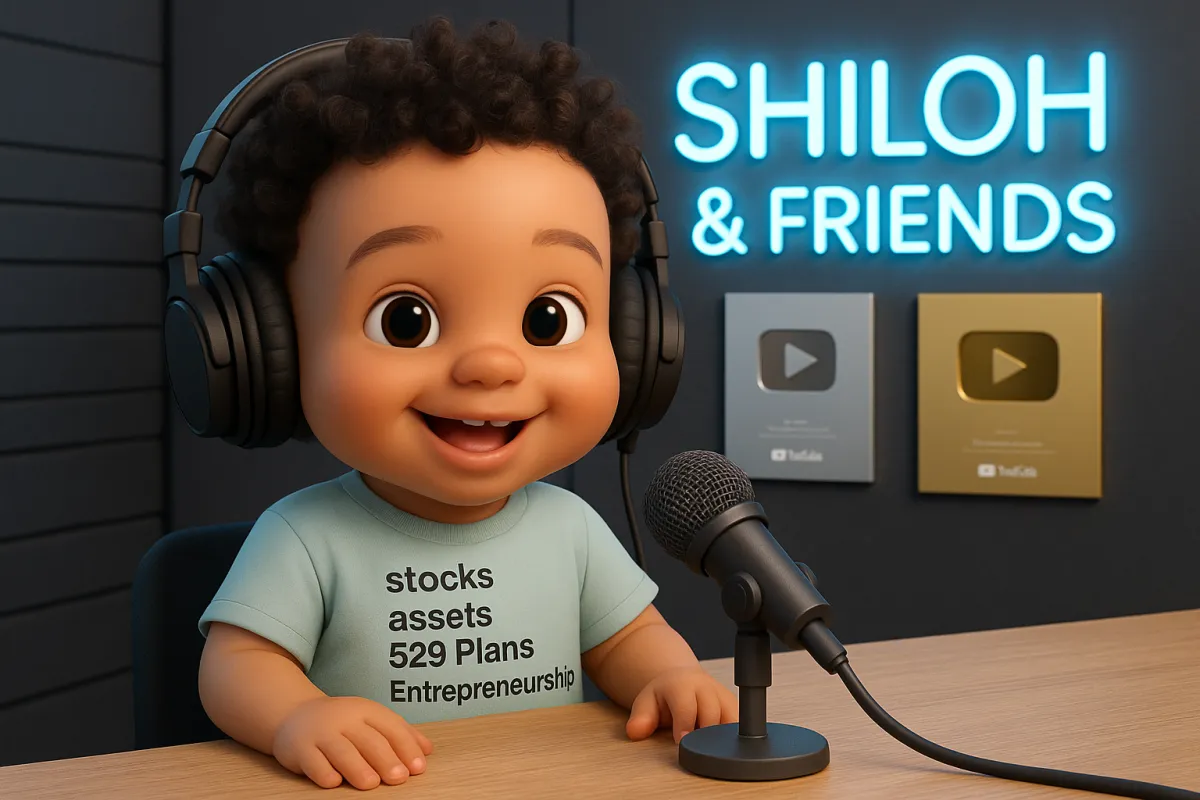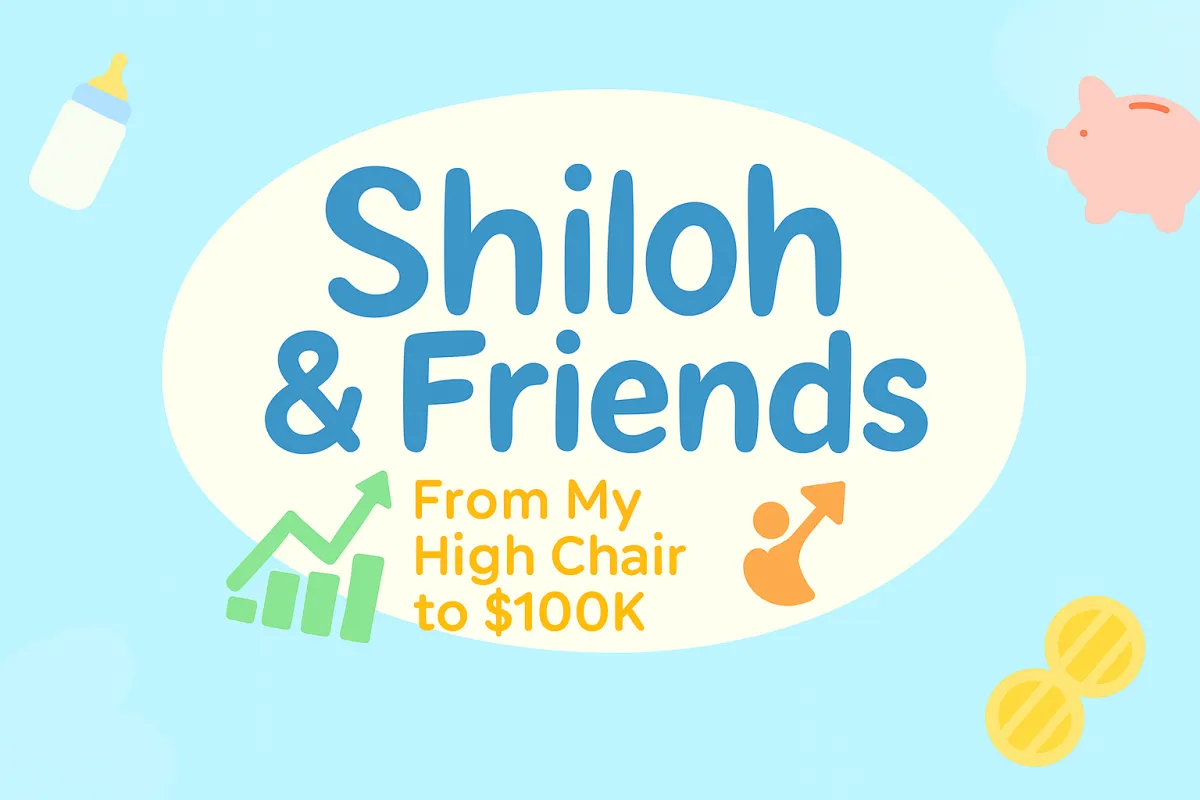Our Blog

Investment Options For Children
Investment Options For Children
Title: Where Can Kids Put Their Money? Investment Options That Help Them Grow
When you hear “investing,” it might sound like a grown-up thing, but kids can invest too! There are several good ways for children to put money into things that can grow over time. Below are some common options: 529, UGMA, UTMA, Roth IRA, and a few others.
What’s “Investing”?
First, a quick note: investing means putting money into something now, hoping it will be worth more later. But investing usually comes with risks—sometimes the value goes down before it goes up. So it's good to learn and start carefully.
Key Investment Options for Children
A 529 Plan is one of the most powerful tools for saving for a child’s education. Parents or guardians open the account and name the child as the beneficiary, which means the money is earmarked specifically for their future schooling. Contributions grow tax-deferred, and when used for qualified education expenses—like tuition, books, or even room and board—the withdrawals are tax-free. Some states even offer additional tax deductions or credits for contributing. The downside is that the money is restricted: if it’s used for something other than education, the earnings are taxed and penalized. Still, for families focused on paying for college without loans, this account is a clear favorite.
A UGMA account (Uniform Gifts to Minors Act) is another option that gives families more flexibility than a 529. It allows parents or guardians (called custodians) to hold investments such as stocks, bonds, and mutual funds on behalf of a child. The money belongs to the child, but the custodian manages it until the child reaches legal adulthood, which is usually 18 or 21 depending on the state. One major advantage is that UGMA funds can be used for anything that benefits the child—not just education. This means it could help buy a first car, pay for extracurricular activities, or fund a business idea. However, there are trade-offs: once the child becomes an adult, they gain full control of the account, no matter how financially responsible they may be, and there are no special tax breaks like the 529 plan.
Similar to UGMA accounts, UTMA accounts (Uniform Transfers to Minors Act) extend the flexibility even further. While UGMA accounts limit investments to things like stocks and mutual funds, UTMA accounts allow custodians to transfer almost any type of asset to a child—including real estate, patents, or even artwork. This makes UTMA accounts especially useful for families who want to pass down property or unique assets outside of traditional investments. Like UGMA, the custodian manages the account until the child reaches adulthood, when full ownership transfers to them. The benefit of flexibility comes with the same caution: once the child is of legal age, they decide how to use the funds, which may or may not align with what the parent intended.
For children who earn their own money—like from babysitting, mowing lawns, or part-time jobs—a Roth IRA for Kids can be one of the most powerful long-term wealth-building tools. A Roth IRA is a retirement account where taxes are paid up front, so the money inside can grow for decades and be withdrawn tax-free in the future (as long as the rules are followed). Starting a Roth IRA at such a young age is especially powerful because of compound growth: even small contributions can snowball into a large nest egg over 40–50 years. Parents or guardians usually help set up and manage the account, but the child must have documented earned income to qualify. The catch is that the money is intended for retirement, so it generally can’t be used early without penalties—though there are some exceptions, like for education or a first home. Still, the Roth IRA stands out as a way for kids to get a head start on financial independence.
Comparing These Options in Simple Terms
If the goal is school, the 529 is usually the best because of tax benefits and focus.
If the goal is anything else (buying a car, starting a business, or just growing money generally), UGMA/UTMA or a regular investment account might work better.
Roth IRA is special because it’s for retirement, but kids with jobs can use it. The earlier you start, the bigger its effect over time. You can also take distributions from this penalty free for qualifying purposes.
How to Choose What’s Best
Decide why you’re saving or investing. (School? Retirement? Something else?)
Look at how soon you’ll need the money. If it’s soon, safer and less risky options are better. If it’s far away, you can afford to take more risk for bigger possible growth.
Think about taxes and fees. Some accounts have lower fees, some get tax advantages.
Be cautious. Learn what ownership, rules, and responsibilities are. Maybe get help from a parent or trusted adult.
Example
Let’s say you’re 12 and want to save money. You have chores that give you $500/year. You could:
Open a UGMA account and put the $500 in stocks or mutual funds.
Also, if you have a small job (like pet-sitting), you might put some into a Roth IRA if eligible.
Put some in a 529 if you want money for college.
With a mix, you spread risk and get benefits from different accounts.
Summary
There are many investment options available for children. Each has its own rules, benefits, and things to watch out for. The sooner you start, the more you learn, the more money has time to grow. And most importantly: always save a bit AND invest a bit, so you get both safety and growth.
Your Child’s Journey Begins Today – Let’s Grow Together!


We’re dedicated to teaching parents how to invest for their children. Thank you for trusting us to be part of your journey. Stay connected for updates, tips, and more!
Quick Links
Connect With Us
© Shiloh & Friends. 2025. All Rights Reserved.
Instagram
Youtube
TikTok